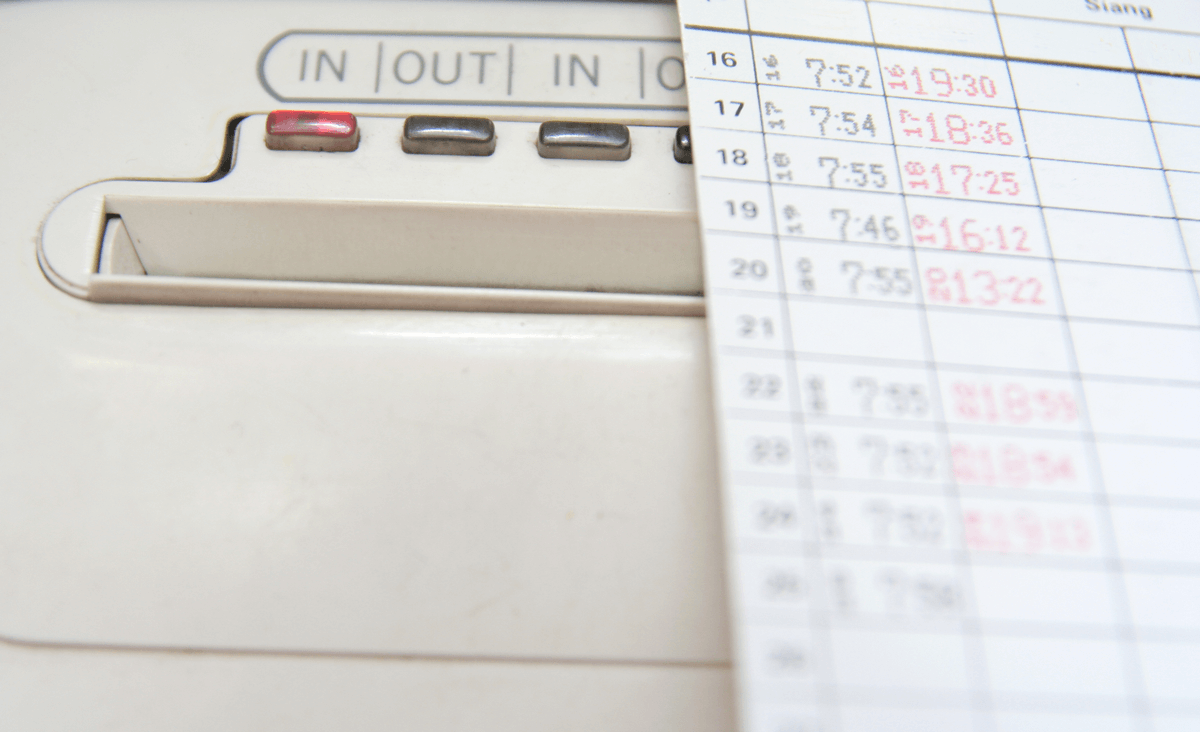
Running Multiple Shifts in a Job Shop
Jay Jacobs was the founder and CEO of RAPID, a CNC machining and sheet metal shop that grew to $50M in sales and was sold to Proto Labs, Inc. (PRLB) in 2017 for $120M. Today, Jay is a champion for American manufacturing and is working through Paperless Parts to enable job shop owners to compete in today’s increasingly digital and web-based business world.
When your job shop runs only first shift, you are using less than 50% of available capacity. You have already made the investment in facilities and equipment. Therefore adding a second and/or third shift means essentially your cost of machining centers is free. On the flip side, normally the most skilled people will only work the first shift because they can. So,the pool of skilled people is much smaller, and expectations for second and third shifts need to be reduced. If you and/or your shop have the ability to add automation (fixturing or even robotic handling), skill becomes less important. First shift sets up, second and third shift run parts, primarily loading and unloading. Additionally, this is where the product mix in your shop becomes very important. Choosing the “Right” jobs will make adding a shift much easier.
Third shifts are, in many ways, easier to start than a second shift. People who want to work third shift are typically committed to that time period. They may have children at home where the third shift person is the primary caregiver during the day enabling the other parent to have a first shift job in an industry that perhaps only has first shift jobs. Or they just like being up all night. Conversely, we found second shift people are often biding their time to get a first shift job and will leave you in a heartbeat if given an opportunity at another company.
You need a minimum of three people on the second and third shift, and ideally four. That way if someone calls in sick and someone else is on vacation, you are not down to one person in the shop. I was never comfortable with a person alone with machine shop equipment.
My former General Manager of Rapid Machining, Rudy Stahl, taught me this nugget – “Really lower your expectations for the third shift”. Give them an easy target to hit for output and view anything extra as a bonus. This also means turning a blind eye to some shenanigans that you wouldn’t put up with on first or second shift. If you are getting the output with quality, you are ahead!
In terms of hours, it is easier to get first shift people to come in earlier than to stay late. I like the following shift hours to maximize hiring ease: first shift 6:00 am to 2:00 pm; second shift 2:00 pm to 10:00 pm; and third shift 10:00 pm to 6:00 am. This works to your advantage in hiring for second shift. Understand your team members – they now get off in time to get to the bar for a drink or two before it closes. Start third shift on Sunday nights so they get Friday and Saturday night off to be with their families or first shift friends. Pay people for a 20-minute lunch break beyond the usual breaks (check your labor laws to see if this works).
Pay your second and third shift people more than you think you should. Are they worth that much on first shift? Hell no! But you have little extra cost in running your plant and machining centers. Even if they are less efficient, you come out ahead. Imagine if you offered $5.00 more per hour for second shift. Your staffing problems would be dramatically reduced as some first shift people would move to second shift because they are cash motivated.
Not loved by the team, but a way for you to feel more comfortable when you are not there is to put video cameras on the floor. A NEST camera is very inexpensive, runs on Wi-Fi and the video quality (and audio) are excellent. It also cuts down on employee theft and even altercations. They will grumble at first, but then get over it.
Let’s look at the numbers:
Average machinist rate: $25/hr
Pay bump for second shift: $5/hr
Hours a year: 2000
Revenue per machinist = $125k/yr
Team members needed for additional shift: 4 people
Cost for the second shift = ($25 + $5) * 2000 * 4 = $240K
Increase in shop capacity = ~50%
Total revenue increase from added shift = (4 machinists * $125k/yr) = $500K
Moving beyond first shift is a challenge but the upsides enable you to grow both revenue and margins, and contribute to making American Manufacturing the best in the world!
-Jay Jacobs
Connect with me on LinkedIn to stay up-to-date with future posts:
https://www.linkedin.com/in/jacobsjay/

